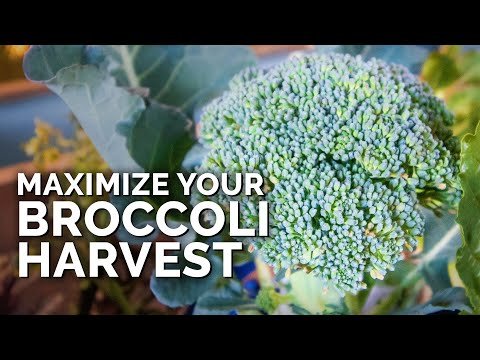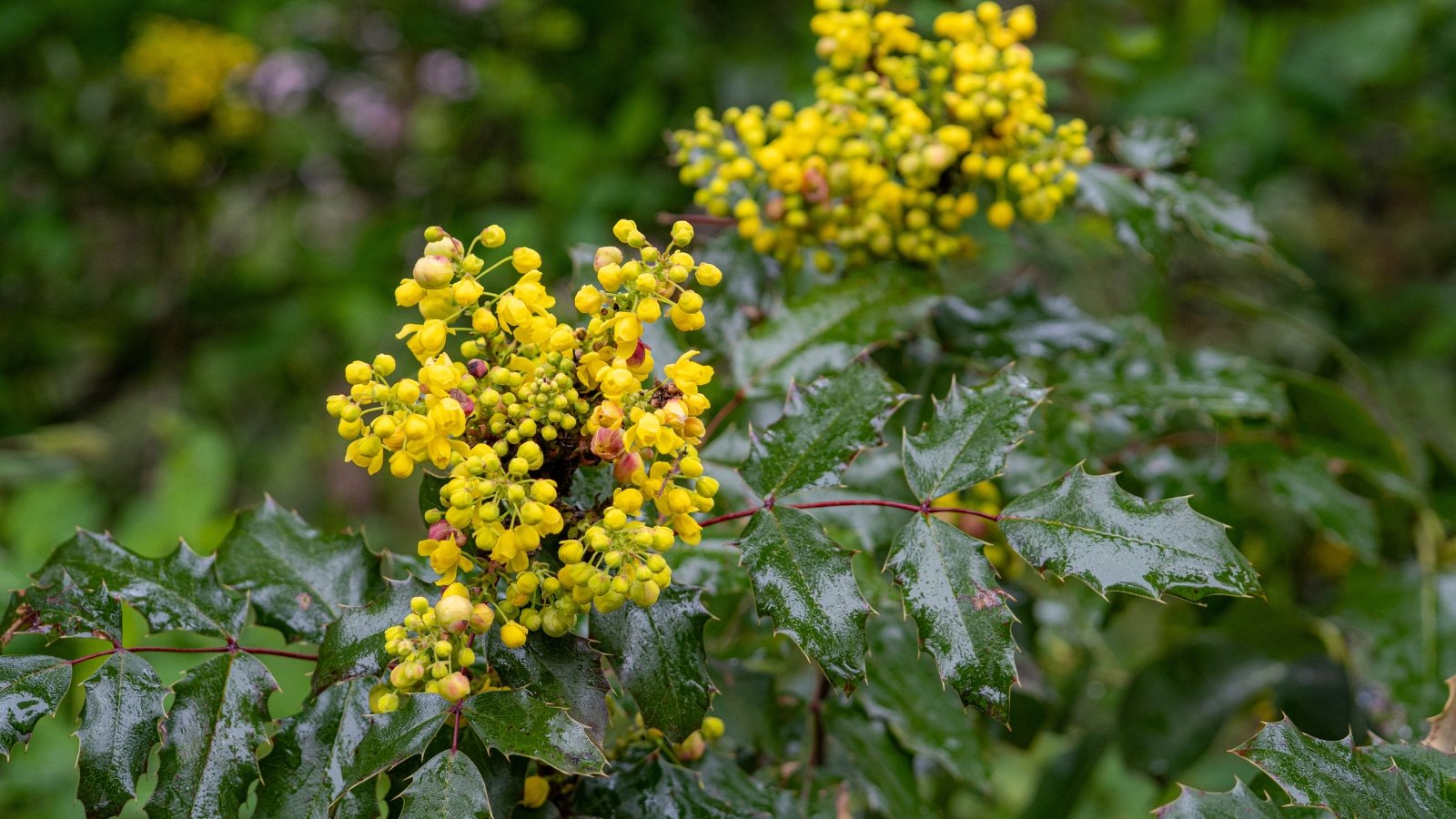Whether you’re already addicted to gardening or just getting started, you’ve probably already heard something about native plants. But what about cultivars? And what’s the difference between native, non-native, and a cultivar? And why does it matter?
Everyone has their own reasons for gardening. People grow gardens to produce food, feed wildlife, attract pollinators, support environmental stewardship, and create a showy and attractive landscape. Gardening can be a way to relax, get some outdoor exercise, grow your own flowers and food crops, and enjoy some creative expression.
One of the most enjoyable aspects of planning your garden and landscape project is choosing which plants to grow. Rather than just running out to the nearest garden center and grabbing the first plants you see, you’ll want to give this some thought. What are your goals? What garden style do you want to have? Is it more important to you to have showy and unusual plants or species that best support the environment?
While we can’t answer all these questions for you, we will dig deeper into the fascinating topic of native plants vs. cultivars and look at the benefits of each.
The Short Answer
The best plants for your garden are those that help you achieve your gardening goals. Depending on your goals and aspirations, native species may be better, or cultivars may be better suited to your needs. If you want to grow a garden that provides food and habitat for local pollinators, stick with the native species. If, however, you are looking for a plant that’s unusually showy or has superior disease resistance, perhaps a cultivar is better suited for your needs.
The Long Answer
There is no single, simple answer to the question, “Are native plants better than cultivars?” In some cases, they are better, and in other situations, a cultivar may be preferable. In any case, your intentions as a gardener will help determine the best plants to use. The only plants I would absolutely recommend that you never grow are invasive species.
I wish I could say with absolute certainty that native species were always better, but I can’t. There are a few cases, such as with the American chestnut tree, where the native species is being wiped out by a fast-spreading fungal blight. Breeders are trying to create a blight-resistant American chestnut cultivar that could be safely planted to help restore populations of these beautiful trees. In this case, planting the disease-resistant cultivar would probably be better than the native species.
In general, I would recommend choosing a native plant species over an exotic species. There are so many benefits of gardening with native plants; it makes them a great choice for many gardening situations. If you’re looking for the best plants to match the local environment and offer the biggest benefits for pollinators, butterflies, songbirds, and other wildlife, native species are the clear winners.
Cultivars also have their appeal. Cultivars can be beautiful, interesting, diverse, hardy, and valuable additions to the garden, and if you find a particular cultivar attractive, there’s probably no harm in growing it. If you want to grow a food crop and find a cultivar with bigger, tastier fruits, why not take advantage of these improved varieties?
Before going into more detail about each type of plant, let’s look at a few definitions.
Native Plant
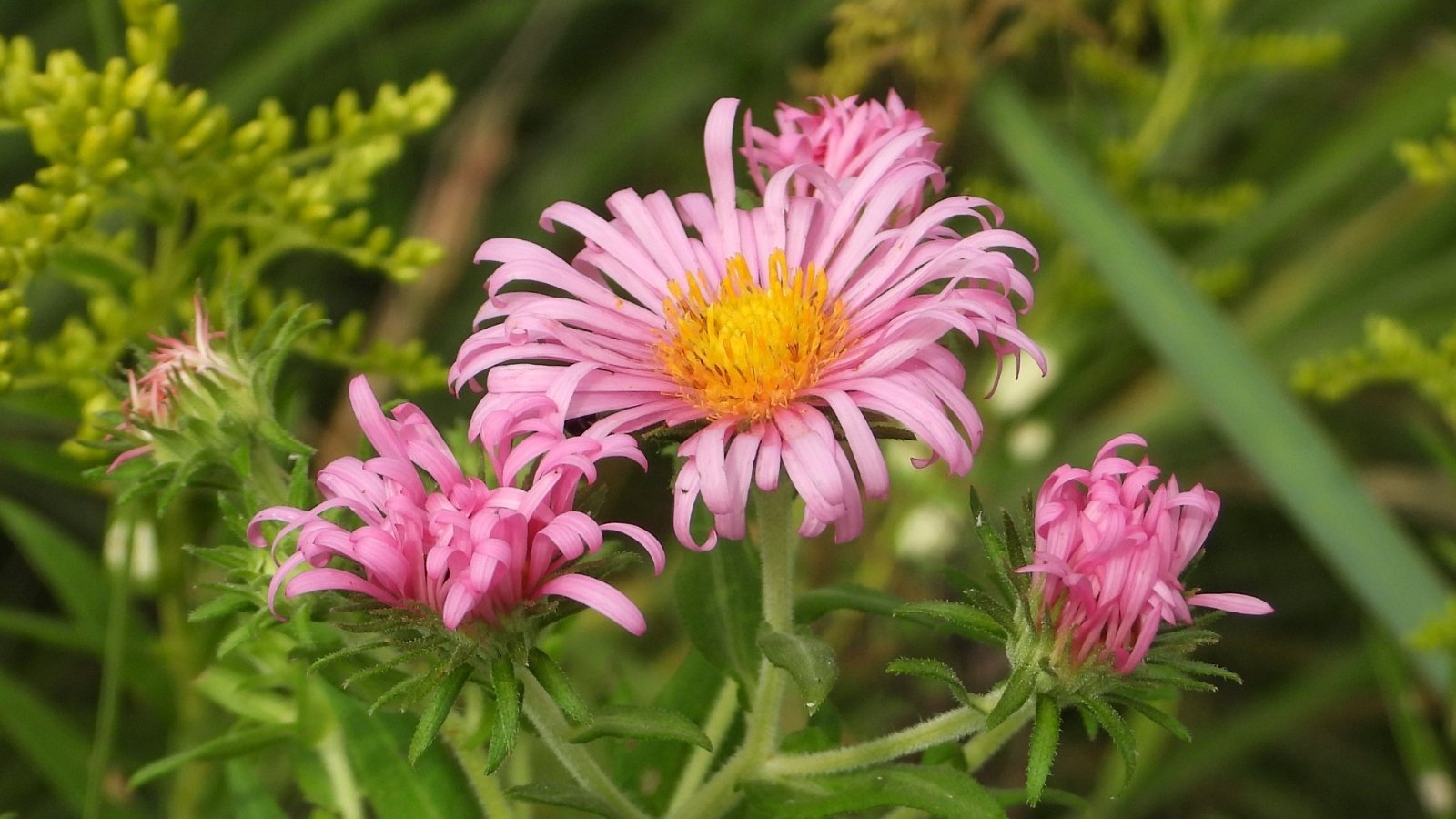
A native plant is a species that occurs naturally within a specific region. In the United States, these are generally plants that existed in a place before European colonization.
Plant ranges can shift over time due to natural processes, but their distribution is not a direct result of human intervention. Native species are perfectly adapted to live within their natural habitats and range, making them hardier, more pest-resistant, and drought-tolerant.
Non-Native Plant
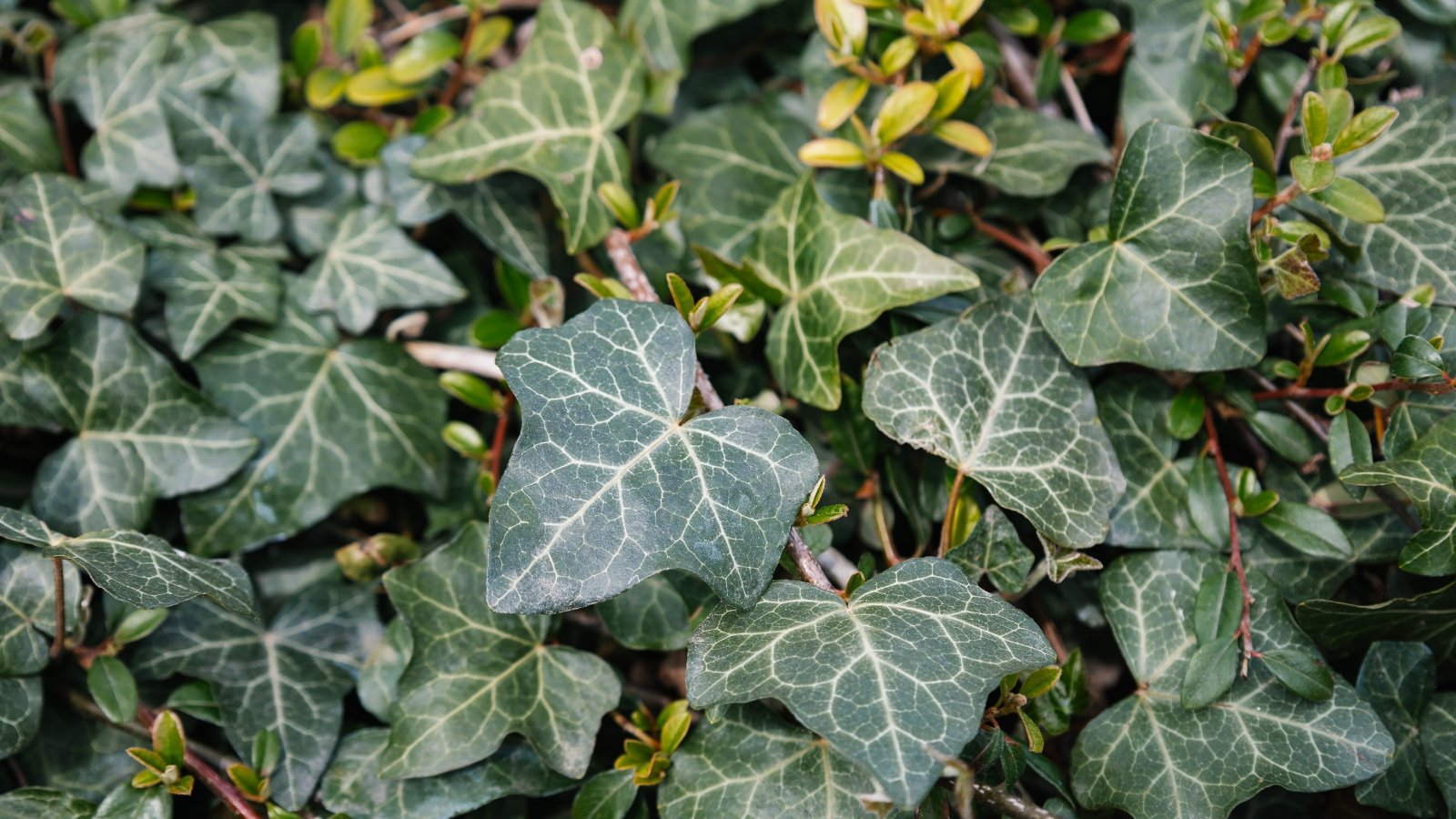
A non-native plant is one that grows naturally in a different geographic region than where it is currently growing. English Ivy, for instance, is from Europe, northern Africa, and western Asia, yet it is a very popular landscaping plant and is commonly sold at garden centers throughout the United States.
In fact, English Ivy is generally considered an invasive species because it grows and spreads aggressively and outcompetes native species. Not all exotic species are invasive, however.
Invasive Plant
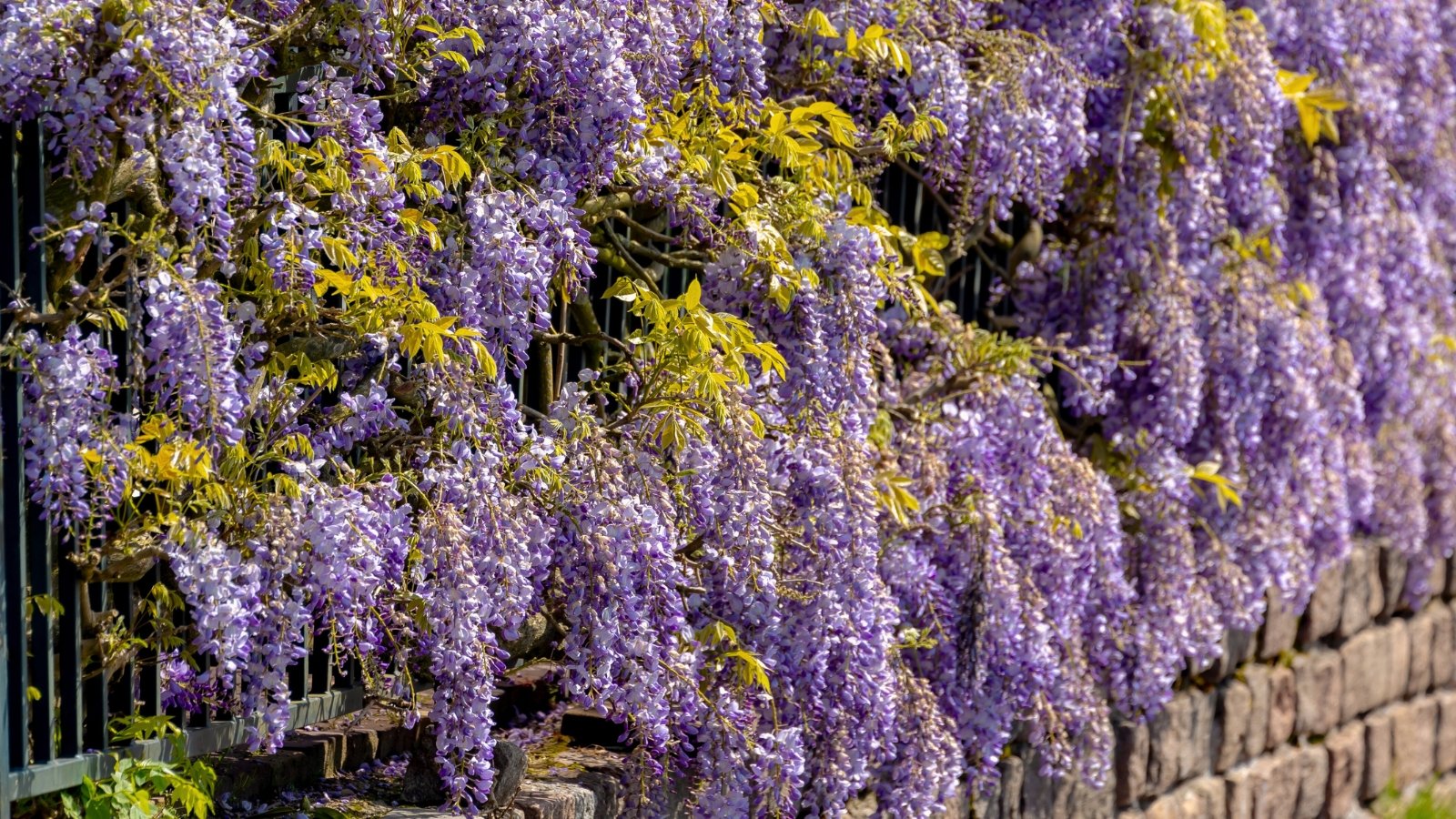
An invasive plant is a species that is grown outside of its natural range and has characteristics that allow it to cause economic or environmental harm. They often compete directly with naturally occurring plants and cause a long-term decrease in species diversity where they have invaded. Invasive plants often grow and reproduce quickly, spread rapidly, and once established, are very difficult to eradicate.
Cultivar
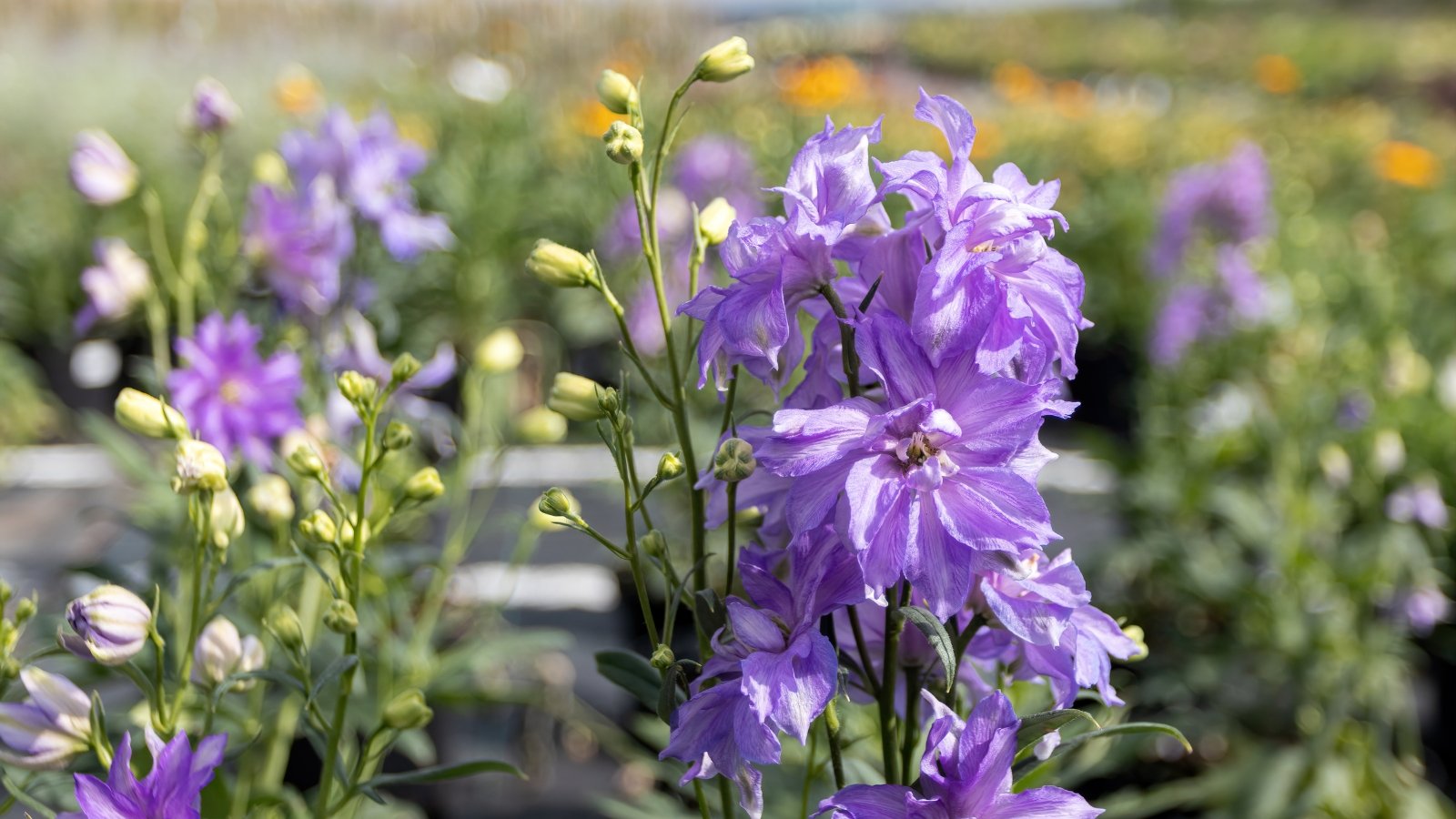
A cultivar is a “cultivated variety” of plants bred to have particular traits. Cultivars can be selectively bred to have showy leaves, different flower colors, a unique growth form, or superior resistance to pests and diseases.
A cultivar may be a cross, or hybrid, of two different plants, or it may be selectively bred to achieve certain traits. Either way, cultivars don’t often produce seeds that are true-to-type. This means that if you plant the seeds from a cultivar, they typically won’t produce new plants identical to the parents. In order to successfully propagate cultivars, you would need to grow them from cuttings or division so you maintain the identical genetic parent type.
Nativar
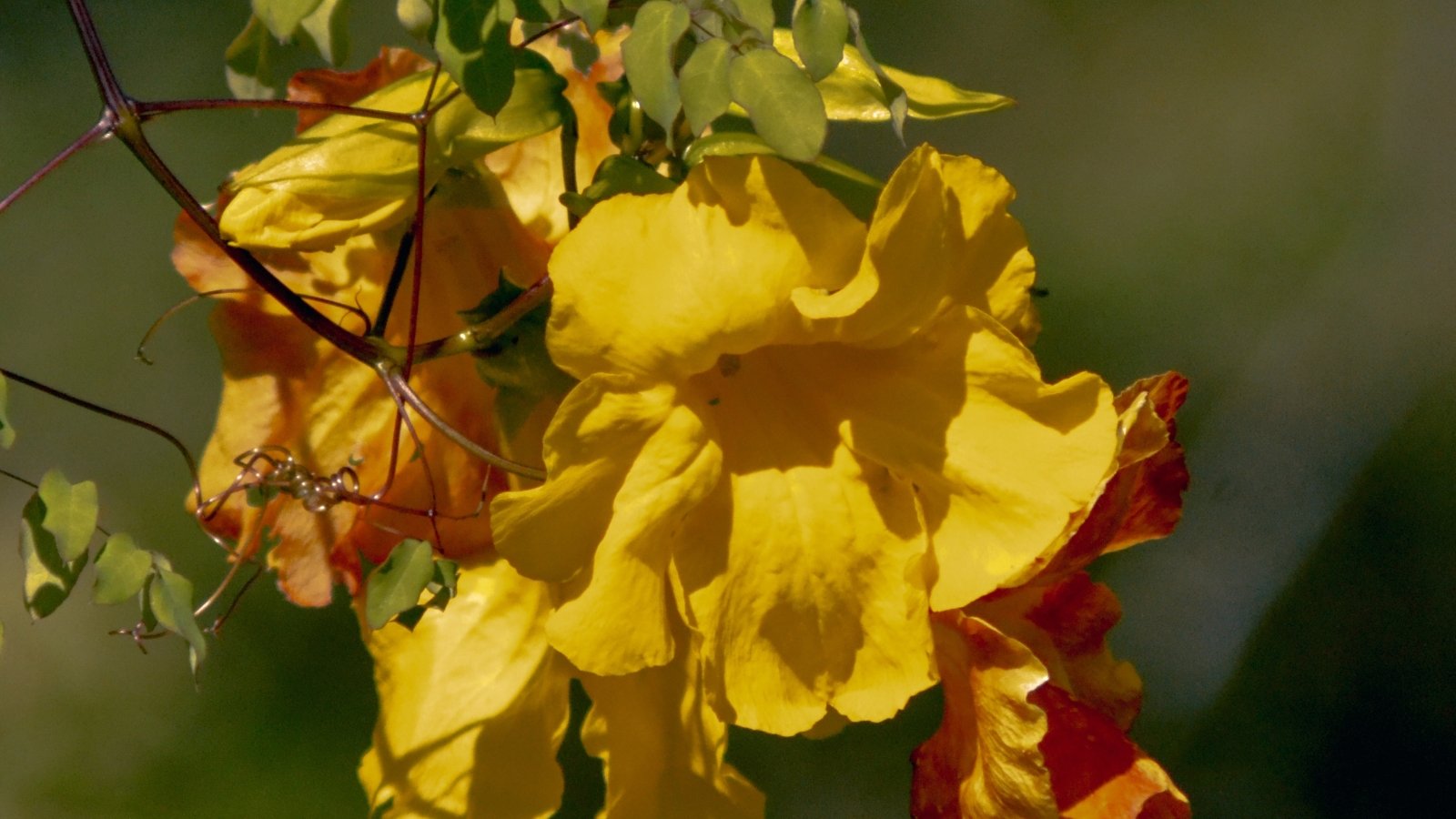
“Nativar” is a term used to describe a cultivar of a native plant. If you want to be eco-friendly but want something that looks a little different or perhaps has greater resistance to a particular disease, you may find yourself looking at a “nativar.”
“Nativars” aren’t truly native species because they are not genetically identical to the parent species, but they at least share the same place of origin. While they may be more ornamental or possess other desirable traits, they are not as valuable to the local beneficial insects and wildlife that depend on the straight native species.
Benefits of Native Species
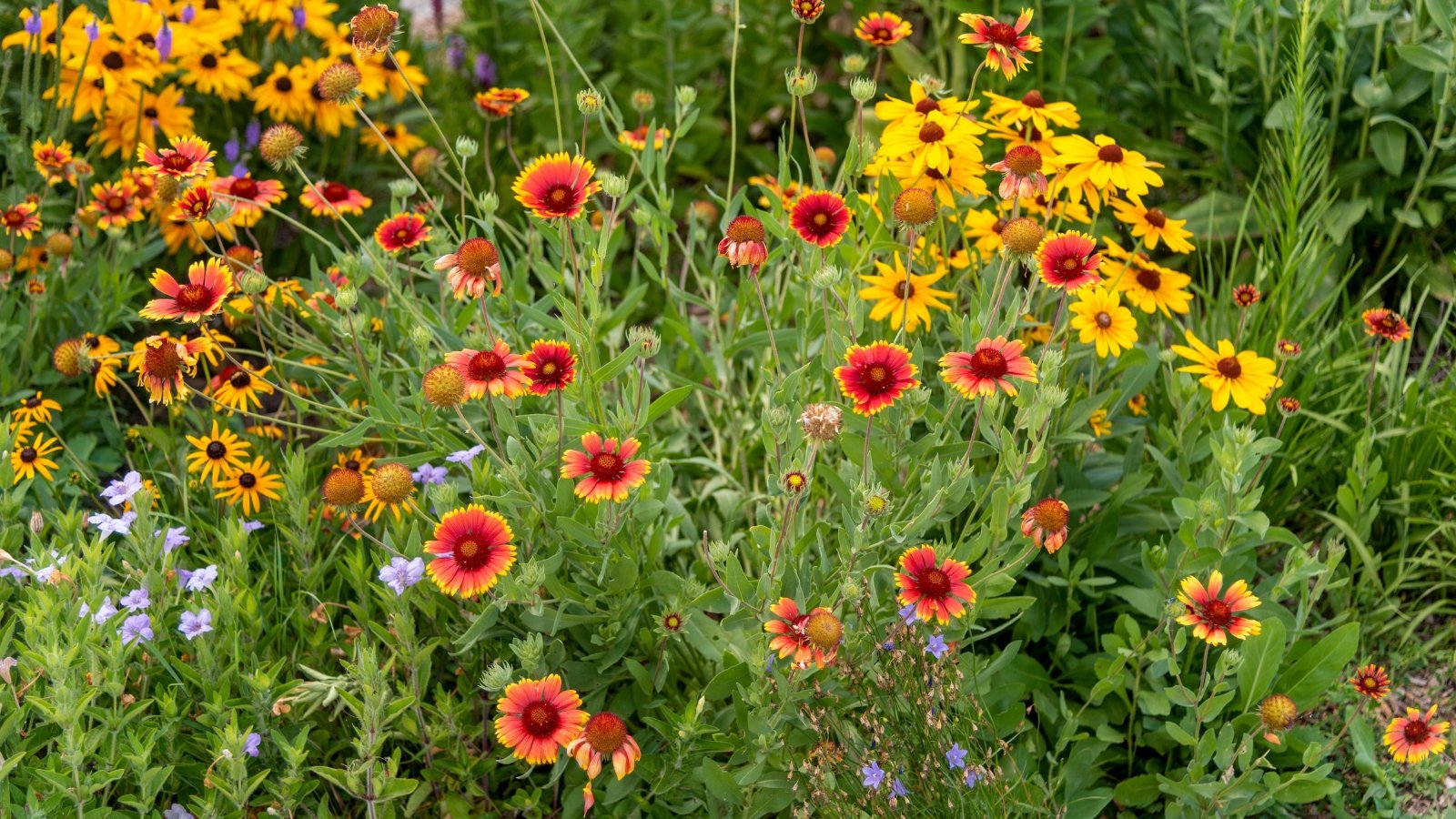
In general, I would always recommend selecting a native species over a cultivar or exotic species. I would never recommend planting an invasive species. There are, in fact, many excellent reasons to choose these plants for your garden and landscape.
- They provide an ideal food source for local butterflies, bees, and other beneficial insects. Local species provide abundant pollen and nectar that’s easy for pollinators to access.
- Native species are perfectly adapted to the local environment, making them hardy, easy to grow, and low maintenance. When you grow species adapted to your region, you’ll find most of them remarkably easy to grow and virtually trouble-free.
- They don’t generally require extra fertilizers, pesticides, or water use. They grow well in the local natural environmental conditions.
- This style of gardening is great for the environment.
- Using locally-found species in your landscape helps maintain populations of these plants in their natural region.
- They are diverse and beautiful.
Benefits of Gardening with Cultivars and “Nativars”
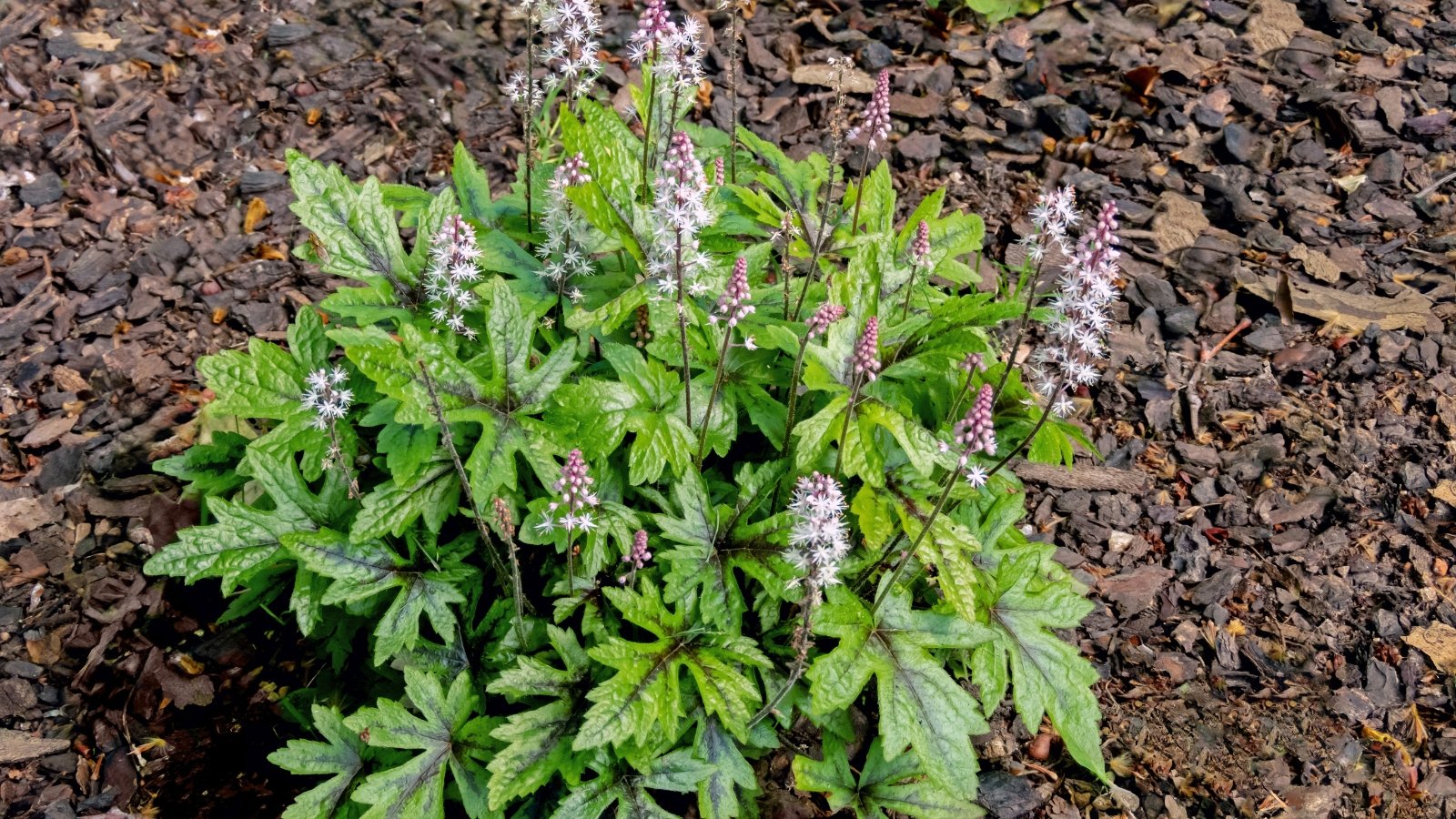
There may be some very appealing reasons to choose cultivars for your landscape and garden.
- Fruit-producers, such as blueberries, are commonly cultivated to provide larger, more abundant, sweeter, or longer-lasting fruits. It’s unusual to see a straight species of blueberry at a garden center but cultivars are widely available and a great choice for edible landscaping.
- You may like the look of a native shrub, but you find a cultivar with unusually colorful foliage. Red-leaved cultivars or brilliant fall foliage add seasonal diversity to your landscape.
- Some dwarf cultivars of native trees allow you to grow a fully developed tree in a small-sized plot. Other selectively cultivated growth forms include weeping branches, curly or wavy branches, and varied crown shapes, all of which might appeal to different gardening styles.
- Many native wildflowers have been cultivated to develop an array of showy flowers. The purple coneflower (Echinacea purpurea), for example, is a species with showy pinkish-purple flowers. There are several echinacea cultivars available with orange flowers, pale pink flowers, yellow flowers, and even dark red flowers.
- A few species are highly susceptible to certain pests and diseases, and if these pathogens are wiping out local populations, growing disease-resistant cultivars could help maintain species diversity.
Disadvantages of Gardening with Cultivars
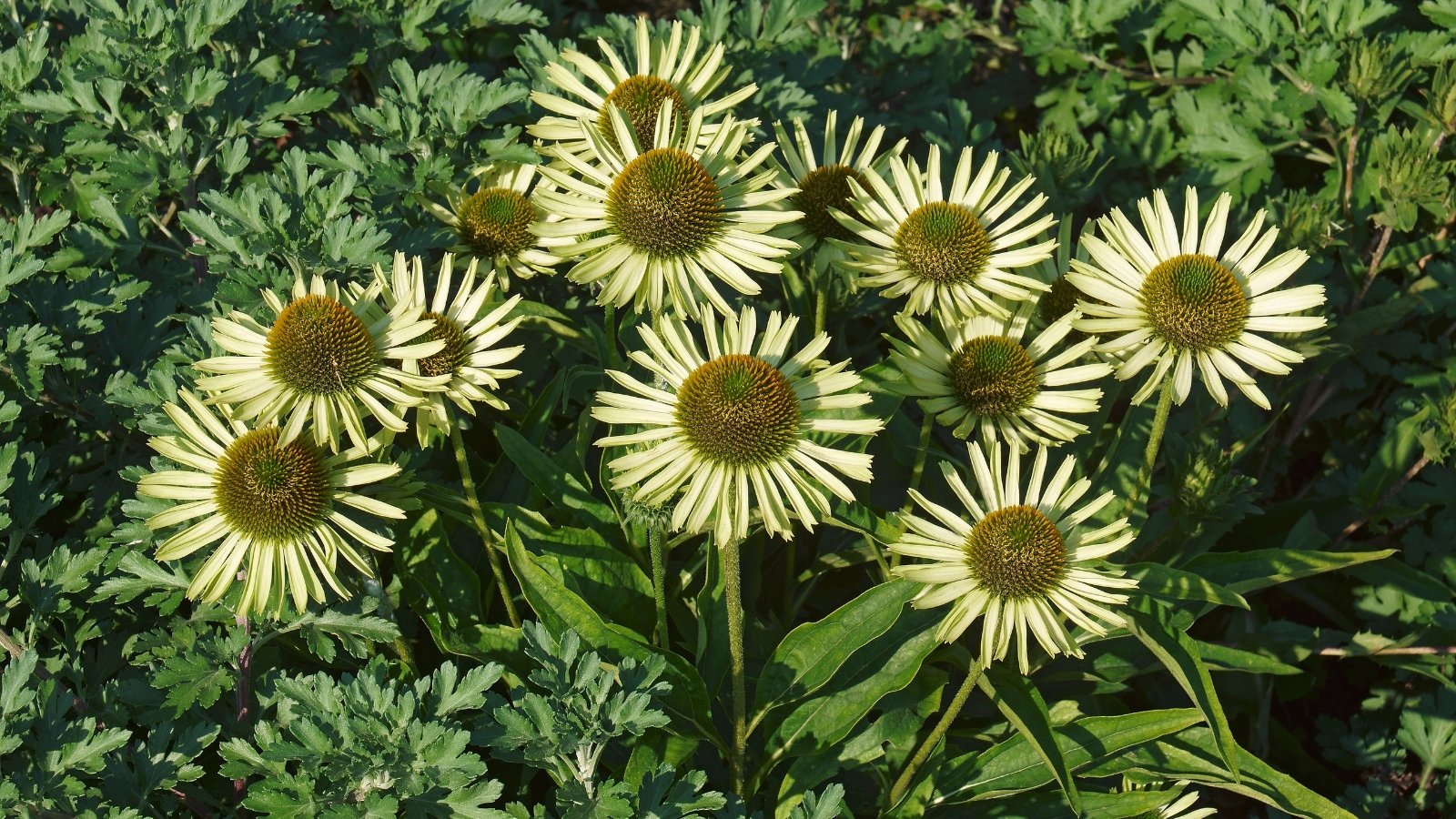
If a cultivar or nativar is simply an altered version of a native plant, are there any disadvantages to using them in your landscape? The answer is maybe because it depends on your goals as a gardener. If you are simply after a showy garden, there probably aren’t too many obvious disadvantages to growing cultivars. If you want your garden to be part of a healthy ecosystem and attract pollinators and birds, you’d be better off using native species.
Fancy flowers may look great to the human eye, but at the same time, they can pose problems for pollinators. Breeders are looking for the showiest flowers they can create, and they generally aren’t worried about whether the nectar is accessible to pollinators (which it isn’t in many double-bloom flowering cultivars) or that the quality of the nectar is as good.
Some fancy flowers and cultivars are sterile and won’t produce seeds. This is also a detriment to the local wildlife. Many bird species feed almost exclusively on seeds during certain times of the year. If these nutritious seeds aren’t available, these seed-eating birds won’t be able to use the fancy-flowered cultivars.
Fancy foliage may have a certain unique appeal to humans, but it may not be as nutritious for the animals that use it for food. Butterfly caterpillars, for example, seem to prefer native species over cultivars bred to have red or variegated foliage. So again, if you’re hoping to support butterflies and other pollinators, the straight species is better than its cultivated counterparts.
How To Tell the Difference?

Unless you are an expert in native species, you may not always be able to tell if a plant is a cultivar just by looking at it. In order to know for sure, you’ll need to read the label. You may also need to do a little background research.
When reading plant tags and labels, look for the scientific name, usually written in italics as the genus and species. For example, Echicacea purpurea is the purple coneflower. It’s found in grasslands throughout much of the central and eastern United States. Echinacea purpurea ‘Avalanche’ is one of several Echinacea cultivars. ‘Avalanche’ has white flowers. You will notice the cultivar name is usually written after the species name and noted with quotation marks.
If you want to know if a plant is native to your area, you’ll need to do a little research. Do a quick web search to find out where its natural range is. You might be surprised at what you learn. If you discover that a particular plant is invasive in your area, do yourself (and the environment) a favor and don’t buy it or plant it.
My Yard is So Small. Does it Really Matter What I Grow?
Even if your yard is small, it does matter what you do with it. In the grand scheme of things, it may not seem important if you grow natives, cultivars, or nothing but grass. But even a small yard is part of your community’s ecosystem.
The plants you grow help support clean air and water, help provide food and habitat for the resident wildlife, and contribute to the overall species diversity of the broader area. So yes, what you do with your yard matters, in its own small way.
Final Thoughts
There’s no absolute right or wrong way to garden because part of gardening is about your own creative expression. If your goals are to support native species and grow a sustainable, environmentally friendly landscape, these naturally occurring plants are the best way to go. If your goals are to create a showy garden full of unusual colors and foliage and enjoy some perks of selectively bred plants, you will delight in choosing some unique cultivars for your garden. You can always grow some of each and enjoy the best of both worlds!


